Head-To-Head: Samsung Galaxy S10e vs. Apple iPhone XR
The CRN Test Center compares one of Samsung's new Galaxy S10 smartphones with its counterpart in the iPhone lineup.
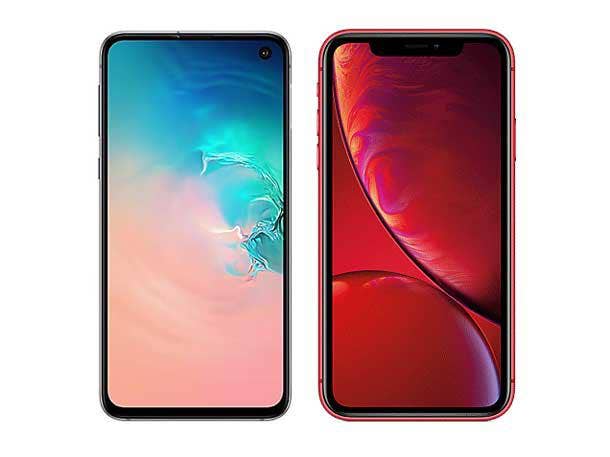
Face Off
Not everyone is willing to pay $1,000 for a smartphone. Realizing this, both Apple and Samsung have recently taken the step of offering a lower-priced model--which each leave out a few features of their higher-priced counterparts--in their flagship smartphone lineups. For Apple, it's the iPhone XR. Meanwhile, Samsung's answer to the XR is the nearly identically priced Galaxy S10e. While neither smartphone is technically cheap (those days would seem to be long gone), they'll still save you a few hundred dollars from the higher-end models in the latest iPhone and Samsung Galaxy lineups. Which of the two smartphones is a better fit for you? In the following slides, the CRN Test Center compares Samsung's Galaxy S10e vs Apple's iPhone XR on specs and price.
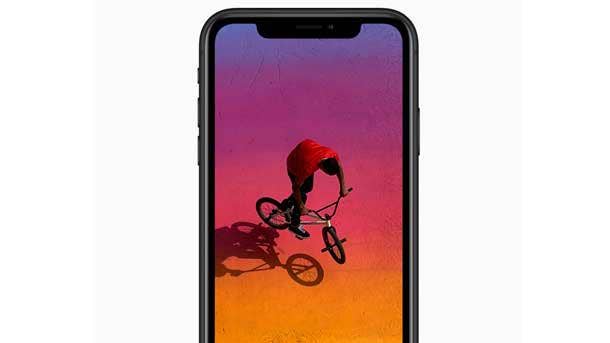
Display
Apple's iPhone XR is the larger device in our comparison, with a display measuring 6.1 inches, versus the 5.8-inch screen on the Samsung Galaxy S10e. However, the S10e has the advantage of offering vibrant OLED display technology, while the iPhone XR sticks with LCD. Apple contends that the phone's "Liquid Retina" display features better picture quality and colors over past LCD screens, though.
The Galaxy S10e also offers a higher-resolution screen at 2,160 x 1,080, or 438 pixels per inch (ppi). That's compared to the 326 ppi (1,792 x 828) display on the iPhone XR. Additionally, Galaxy S10e display features the front-facing camera located in the upper righthand corner. The "hole punch" design avoids the need for a camera notch, as on the iPhone XR. That helps to give the S10e a higher screen-to-body ratio, of 93.1 percent. By contrast, the screen-to-body ratio on the iPhone XR has been calculated at 79 percent.

Battery Life & Charging
Samsung hasn't given an estimate for the battery life on the Galaxy S10e, other than saying the phone offers "all-day" battery life. The iPhone XR promises up to 15 hours of internet use, or 25 hours of talk time, which is a generous amount for an iPhone (the device line hasn't traditionally been known for strong battery life). Still, the Galaxy S10e includes a larger battery at 3,100 mAh, compared to a reported 2,942 mAh battery in the iPhone XR.
Both devices can charge wirelessly with a Qi charging pad. One key new feature of the Galaxy S10e is the ability to wirelessly charge other Qi devices—even non-Samsung devices—by placing them on the back of the S10e. The Wireless PowerShare feature essentially turns the S10e into a Qi wireless charging mat, allowing users to bring fewer charging cables with them.
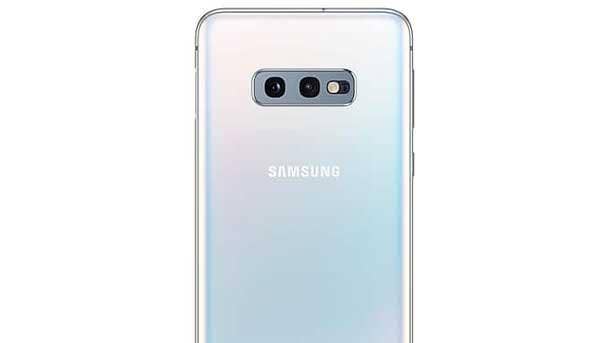
Camera
For the Galaxy S10e, Samsung has introduced a new rear camera sensor—an "ultra-wide" lens for capturing large scenes. The 16-megapixel ultra-wide camera features a 120-degree field of view, which is four times wider than the normal camera field-of-view, Samsung said. The S10e also includes a second rear camera, a 12-megapixel wide-angle lens. Key features of the S10e camera system include a "Neural Processing Unit"—AI technology that enables "pro-grade" settings automatically, while also automatically optimizing for the environment (via the Scene Optimizer feature) and recommending ideal composition for improved framing (via the Shot Suggestion feature).
In contrast to the dual rear camera on the Galaxy S10e, the iPhone XR features just a single rear camera—a 12-megapixel, wide-angle camera. The camera offers features such as Portrait Mode and Portrait Lighting, as well as Apple's "Smart HDR" camera feature—which combines numerous images to deliver a photo that is more highly detailed.

Biometrics
The iPhone XR only offers Face ID facial recognition as a biometric method for unlocking the phone—no more fingerprint recognition. Face ID uses Apple's TrueDepth Camera System to ensure that Face ID unlocking will be consistent and fast, according to the company. Apple says algorithm improvements allow Face ID to work even faster in the latest iPhones.
While also offering facial recognition, the Galaxy S10e is continuing to provide fingerprint scanning as a biometric authentication method. In fact, the scanner has gotten an overhaul with the inclusion of "ultrasonic" fingerprint scanning. The scanner offers a security boost with better anti-spoofing technology, where the scanner reads the 3-D ridges of a user's fingerprints, unlike other scanners that just take a 2-D picture. The ultrasonic scanner is also what has been called an in-display scanner, which is less obtrusive because it just appears on the unlock screen to show users where to place their finger, and then disappears afterwards.
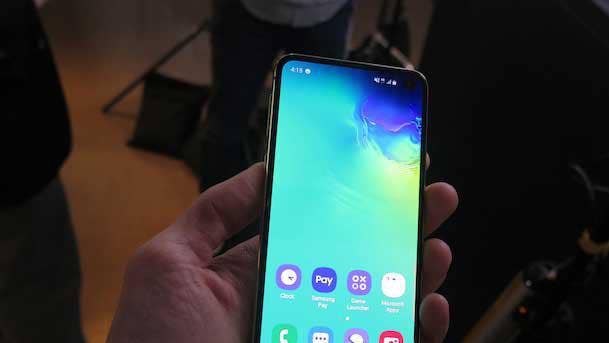
Processor & RAM
The Galaxy S10e comes with a choice between 6 GB or 8 GB of RAM, which should help boost the device's performance. By contrast, the iPhone XR reportedly packs 3 GB of RAM.
For the processor, the iPhone XR comes with the six-core A12 Bionic, while the Galaxy S10e features the eight-core Snapdragon 855. Initial benchmarks show that the A12 Bionic out-performs the Snapdragon 855--though the 855 is closer on speed to Apple's A series processor than past Snapdragon CPUs have been.
In addition, only the Galaxy S10e will support WiFi 6, which is the latest WiFi standard. With WiFi 6, advantages include better speeds when connecting to access points in high-density environments.
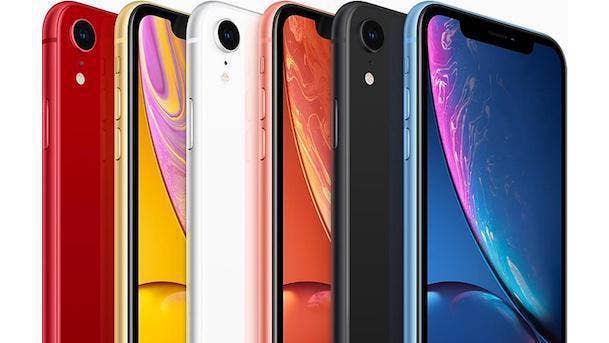
Storage
Buyers will have a choice to make on storage when choosing either of the devices in our comparison. The Galaxy S10e offers an option between 128 GB of storage (which is paired with 6 GB of RAM) or 256 GB of storage (paired with 8 GB of RAM). Additionally, a MicroSD slot enables up to 512 GB of extra storage in the S10e.
The iPhone XR, on the other hand, offers three internal storage configurations. The starting point for the iPhone XR is 64 GB of storage, with the other two options being 128 GB or 256 GB, as on the S10e.

Price
As mentioned, Samsung has priced its Galaxy S10e almost identically to the Apple iPhone XR, for the base models in each case. You'll pay a starting price of roughly $750 for either device (specifically: $749 for the iPhone XR or $749.99 for the Galaxy S10e). However, for that pricing, you get twice the internal storage in the Galaxy S10e (128 GB) as in the base model of the iPhone XR. The S10e also has an OLED display rather than LCD on the iPhone XR; slimmer borders around the display; a dual-camera rear system, compared to one rear camera on the iPhone XR; and unique features including Wireless PowerShare and ultrasonic fingerprint scanning. For its part, the iPhone XR includes a larger display and a faster processor (along with iOS, which many users consider a smoother operating system to use in general than Android).
For the top-end models with 256 GB of storage each, the phones no longer maintain the same pricing--with the iPhone XR priced at $899 and the Galaxy S10e priced at $849.99.